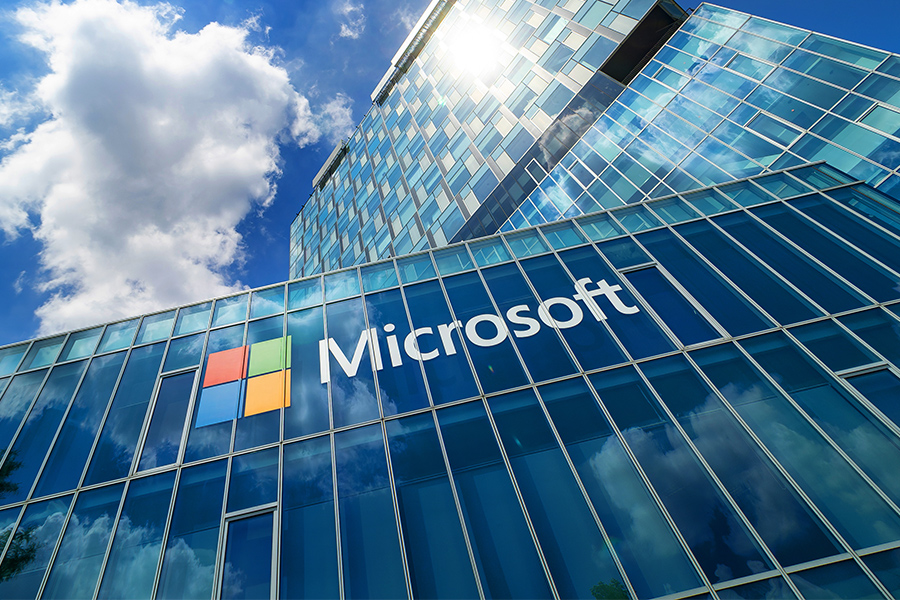Analyzing the cost of a modern CIS system: 5 findings that influence the business case
Before the Pandemic, Utilities everywhere were challenged on several levels:
- An aging workforce nearing retirement that challenges the knowledge transfer to support core operational processes.
- How to better communicate with tech-savvy Millennials and Gen Z customers through Social Media and other on-demand channels.
- An aging infrastructure that is expensive to maintain and vulnerable to possible cyberattacks.
- The ability to support alternate energy resources programs like net metering, solar, wind, battery storage, …
- Manage cash flow and bad debtors.
- Introduce and manage energy and water conservation programs while maintaining adequate cashflow for cities and investors through creative service offerings.
- …
All these challenges are now exasperated by the COVID Pandemic. While the Pandemic has forced Utilities to quickly shift most of their workforce to remote operations, the primary resulting management focus is on “connectivity first” and cybersecurity protection. Adding to the challenges, remote employees are not only trying to manage their home and office environments, but also need to introduce assistance programs and creative payment channels to battle customer financial impacts.
Many Utilities will now evaluate their CIS system’s adaptability for supporting remote operation and customer relationship management demands.
The following 5 topics will be key in utilities considering an overall “cost to serve” their customers
1. Expensive to support aging systems
Some Utilities are still using a CIS billing system that is no longer enhanced and only supported by a limited number of people, sometimes only a single person. This results in internal custom development, which is difficult to support and very expensive. The Utility loses the ability to quickly adapt to urgent customer needs, such as supporting newly created local or federally funded customer assistance programs.
A modern CIS system allows for a flexible platform that is highly configurable, alleviating the need for customization and allowing utilities to rapidly adapt and continually thrive in the ever-changing Utility landscape.
2. Outdated technology
In a technology-driven world, customers demand exceptional Customer Service and 24 x 7 access to their account data. CIS systems must offer interactions through Social Media and other communication channels, as well as provide integration opportunities. Legacy CIS systems often do not offer these modern platform capabilities, even with custom development.
Modern CIS systems offer “always up-to-date” solutions through frequent enhancements in a Software-as-a-Service (SaaS) platform. SaaS is a subscription-based solution that offers a modern technology platform that is highly configurable and ensures Utilities remain up to date on the latest technology and functionality. SaaS solutions eliminate expensive upgrades and provide an overall lower total cost of ownership.
3. Manual and time-consuming processes
Legacy systems often have many manual and time-consuming business processes due to limitations in existing functionality. When considering a CIS replacement, it is imperative to examine current business processes and develop roadmaps of how to leverage technology to improve existing processes for greater efficiency.
A modern CIS platform will optimize the most common and time-consuming manual business processes by leveraging Wizards, bots, and other intelligent automations. Having the ability to easily extend this functionality to self-service portals greatly increases customer satisfaction by empowering customers to be self-sufficient in handling their own requests. With a CIS that offers an effective workflow engine, this can help Utilities significantly reduce overall operational efforts and associated costs.
4. Lack of reporting transparency and visibility
Legacy CIS systems often lack transparency and visibility into the Utility as a whole. Reporting and data analytics are necessary to make important business decisions based on facts, trends, and analysis across all business silos. With many Utilities becoming heavily invested in AMI, the ability to extend intelligent usage information to customers requires costly workarounds in a typical legacy CIS environment.
Whether your Utility is striving to concentrate on conservation, wrong day usage, or time-of-use (to name a few), these benefits should be extended to customers for their own data analysis. Empowering customers to sign up for usage notifications and enabling them to take part in customer programs is not a functionality that is easily adaptable in a legacy CIS system.
5. Flexibility and speed to market
Legacy CIS system frameworks do not support flexibility nor the ability to quickly deliver a new product or service introduction. Old billing engines often require costly customizations to manage new tariff structures or new ways of invoicing, as an example.
A highly configurable, modern CIS system allows Utilities to keep up with ever-changing needs quickly and efficiently, whether it is rolling out new customer assistance programs, tariffs, or new service offerings for revenue purposes.
These findings significantly influence Utilities’ “cost to serve” customers and substantiate the investment in a new CIS system.
Let’s talk!
Please contact us today if you would like to receive more insights into a CIS replacement strategy.
Continue Reading
Five ways UK water companies can enhance customer service
Discover five strategies for UK water companies to enhance customer service and rebuild trust in line with Ofwat's guidelines.
A CIS with Microsoft power, utility focus
When utilities seek a new CIS, they are often forced to choose between large vendors with weak support and smaller vendors that lack technological power. But what if you could have both?
5 ways to navigate the AMP8 challenge with success
With AMP8 approaching, the water industry faces significant challenges. Discover five ways in which smart technology can help overcome them.




